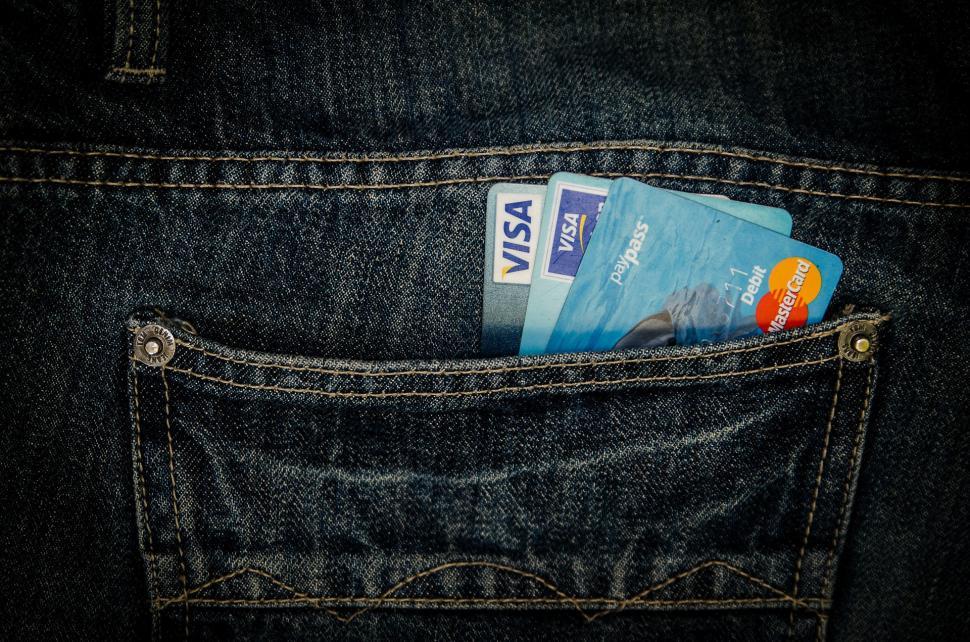Credit reports shape much of our financial lives—from getting a mortgage to qualifying for the best credit cards. But what happens if your credit report contains errors? Even a simple mistake can cost you thousands in interest and leave you feeling stuck. The good news is, you don’t have to live with these mistakes. By taking quick, targeted action, you can remove errors from your credit report fast and set yourself on a path to financial freedom. Let’s walk through the process together.
Why Fast Credit Report Correction Matters
A single error—an incorrect late payment, an outdated account, or a mix-up with someone else’s debt—can pull your credit score down. This makes borrowing more expensive and may even block loan approvals. Catching and fixing these mistakes quickly restores your credit health and peace of mind.
Understanding the Credit Reporting System
Before diving into corrections, it helps to understand how credit reports work.
- Credit reporting bureaus (Equifax, Experian, and TransUnion in most Tier-1 countries) gather information from lenders, banks, and public records.
- They create your credit report based on payment history, debts, credit limits, and more.
- Lenders and other entities use these reports to assess your creditworthiness.
Common Credit Report Errors
- Incorrect personal details (name, address, or social security number)
- Accounts that don’t belong to you
- Wrong account status (such as late payments reported when you paid on time)
- Old debts that should no longer appear
- Duplicate entries
Step-by-Step: How to Remove Errors from Your Credit Report Fast
Let’s break down a fast-track plan for fixing your credit report, focusing on clarity and results.
1. Get All Your Credit Reports
Order a copy of your credit report from all major bureaus. In most Tier-1 countries, you’re entitled to at least one free report per bureau each year. Review each report carefully—errors may not appear on every report.
2. Identify the Errors
Look for any inconsistencies or mistakes:
- Account balances that don’t match your records
- Incorrect payment statuses
- Outdated negative items past their reporting expiration dates (usually seven years)
- Accounts you don’t recognize
Keep a notebook or spreadsheet to list each error with details and the bureau(s) reporting it.
3. Gather Supporting Documents
Collect all evidence related to the error. Useful documents include:
- Account statements
- Payment confirmations
- Letters from lenders
- Identity verification documents
Organizing this paperwork saves time and strengthens your case.
4. File a Dispute With Each Credit Bureau
Contact each credit bureau reporting the error. Most allow you to file disputes online, by mail, or by phone. If you’re dealing with multiple bureaus, you must file with each separately.
Provide:
- A clear, concise explanation of the mistake
- Copies of your supporting documents (never send originals)
- Your contact information and credit report reference number
5. Contact the Furnisher (Optional But Effective)
The furnisher is the institution—like a bank or lender—that supplied the erroneous information. Notify them directly about the error. By law, they must investigate and report accurate findings to the bureaus.
6. Track the Dispute Process
Credit bureaus are typically required to complete investigations within 30 days. You should receive written confirmation that your dispute was received and another when it’s resolved.
Check the status online or call for updates if you don’t get timely responses. Maintain a file with all correspondence, confirmation numbers, and notes on conversations.
7. Review Results and Follow Up
After the investigation:
- Bureau(s) will notify you of the outcome and send a free copy of your updated report.
- If the error was corrected, check that the change appears on all affected reports.
- If your dispute was denied or only some issues were corrected, review the bureau’s explanation.
If necessary, escalate your case. You can file complaints with government regulators or seek legal advice if your dispute isn’t handled fairly.
Tips for a Smooth, Speedy Process
- Act quickly: The sooner you start, the sooner you see results.
- Be thorough: Double-check every detail.
- Communicate clearly: Stay polite and use simple, direct language.
- Keep records: Save everything in a safe folder—letters, emails, notes, and documents.
Frequently Asked Questions
How long does it take to fix a credit report error?
Credit bureaus generally have 30 days to investigate your dispute. Realistically, resolution often takes between two and six weeks. If more documentation is needed or multiple bureaus are involved, it may take a bit longer.
Will removing errors improve my credit score immediately?
Once an error is corrected, your credit score should update quickly—sometimes within a month. However, improvement depends on the nature of the error and your overall credit profile.
Is it better to dispute errors online or by mail?
All methods can work, but submitting disputes online is usually fastest and more trackable. However, sending disputes by mail allows you to include detailed documentation and a written statement.
Do I need a credit repair company?
You don’t need to pay for credit repair. These steps are free, straightforward, and often more effective when done personally. However, if cases are complex or involve identity theft, consulting a professional may help.
Best Practices to Prevent Future Credit Report Errors
Even after you fix mistakes, stay vigilant so new errors don’t creep in:
- Check your credit reports yearly (or more often if you’re planning a big financial move).
- Set up fraud alerts or credit freezes if you suspect suspicious activity or identity theft.
- Monitor your accounts: Use apps that notify you of changes to your report.
- Update personal details: Ensure lenders and bureaus have your current contact information.
The Impact of a Clean Credit Report
Once errors are gone, you’ll likely see:
- Higher credit scores
- Better terms on loans and credit lines
- Easier approvals for housing and jobs
- Greater peace of mind
These benefits open doors to new opportunities and help you build wealth more confidently.
A Quick Example: Sarah’s Success Story
Sarah, a young professional, discovered her credit score had dropped mysteriously. She noticed a “missed payment” listed on a closed account she never had. Following the steps above, she:
- Got her reports from all three bureaus
- Gathered bank statements as proof
- Filed disputes online and by mail
- Followed up persistently
In three weeks, the error was removed, and her score rebounded. Like Sarah, you can take control and correct mistakes quickly.
Final Thoughts: Take Charge of Your Credit Today
Your credit report is too important to leave to chance—or to let errors linger. By checking your credit regularly, acting fast when you spot a mistake, and following a clear action plan, you can remove errors from your credit report swiftly and reclaim your financial power.
Ready to boost your credit score?
Start by checking your credit report today and use the steps above to fix any errors fast. Take ownership of your financial future—every step you take brings you closer to your goals.






